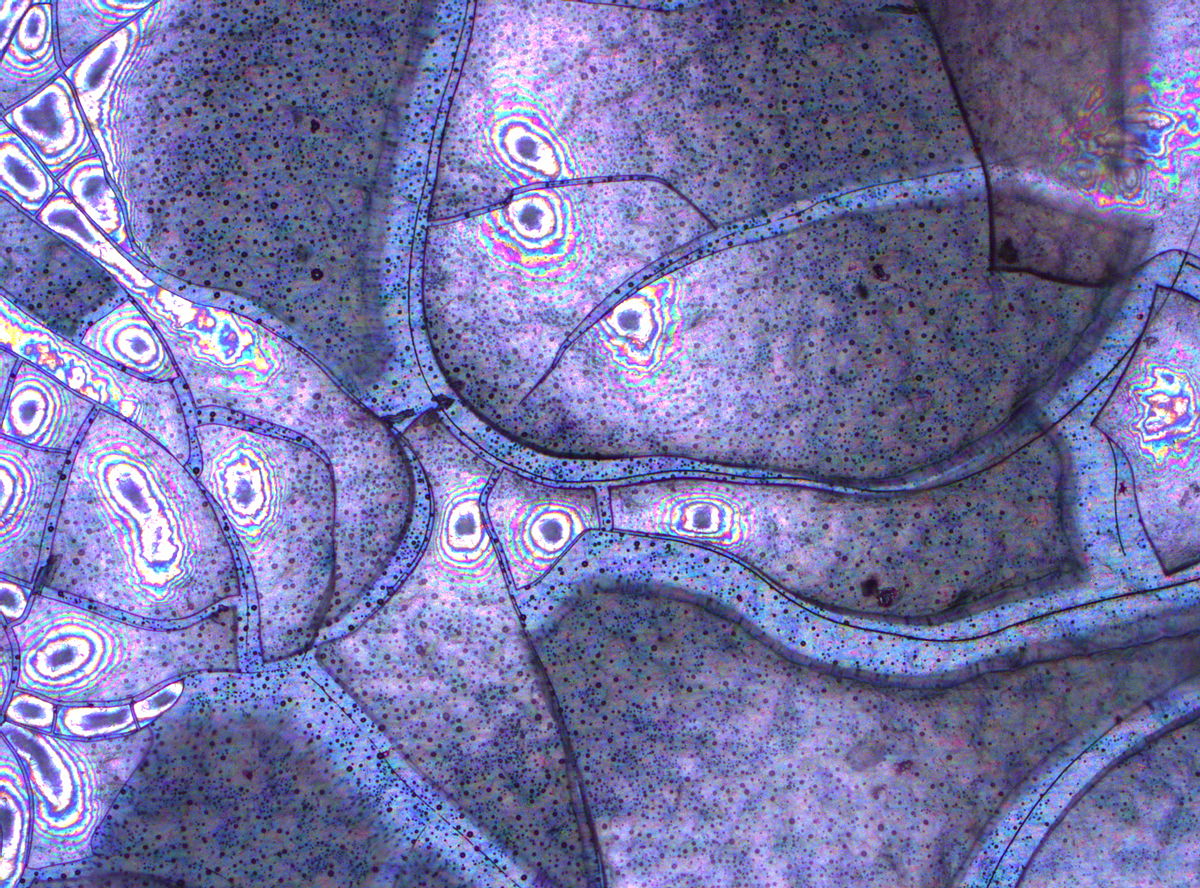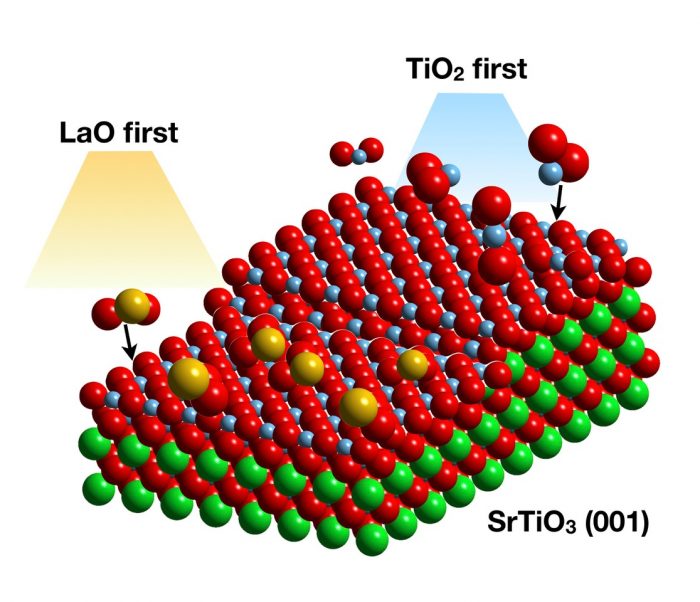
The atomic stacking sequence of materials known as the complex oxides can be critical to material properties. For instance, the oxide YBa2Cu3O7 is superconducting only when the stacking sequence is precisely Y-CuO2-BaO- CuO-BaO-CuO2. One can test this by growing an oxide film with the same composition but a different layer sequence using a technique called molecular beam epitaxy (MBE): this deposition technique is unique in that it allows the chemical control of each and every deposited layer (similar to spray painting but on the atomic level).
In more recent years, such growth techniques have been key to the discovery of exotic properties present at oxide interfaces. For instance, while SrTiO3 is an insulator and LaTiO3 is an insulator, it was found that the interface between them is metallic.1
For the growth of high-quality films, one must start with a high-quality substrate, and TiO2-terminated SrTiO3 is the standard crystalline substrate used for deposition of oxide thin films.
As was recently discussed here, SrTiO3 is one of the few oxide crystals that can be fabricated in large sizes with such high quality. And the ability to produce surfaces with only the TiO2 composition (rather than SrO) means that one can control the sequence of layers grown atop it.

Figure courtesy Dillon D. Fong
In work performed by researchers at Argonne National Laboratory, synchrotron x-rays were used to visualize how layer-by-layer growth of LaTiO3 takes place on SrTiO3 by MBE. With the aid of “x-ray vision,” they were able to see that MBE deposition is not quite so simple as “atomic spray painting” scenario described above. First, the top of the SrTiO3 crystal exhibits two layers of TiO2 rather than one. Furthermore, the same film structure is obtained regardless if it was grown in the sequence LaO-TiO2 or TiO2-LaO. In the first case, the LaO layer exchanges places with the TiO2 layer immediately beneath it; in the second case, the LaO layer digs through two TiO2 layers to find its favored position.
This means that even when using MBE to achieve the desired stacking sequence, one must necessarily account for atomic redistribution: no matter how sophisticated our synthesis technique, the material has its own idea of how to stack the atomic layers. In addition, this study shows the importance of using in situ synchrotron techniques for the investigation of materials. The Advanced Photon Source at Argonne National Laboratory, where this work was carried out, is one of only four third-generation hard X-ray sources in the world and will soon undergo a major upgrade, making it the world’s brightest hard X-ray source. In situ experiments such as this will benefit tremendously from the upgrade, allowing improved time resolution and studies on a wider range of materials.
These findings are described in the article entitled How heteroepitaxy occurs on strontium titanate, recently published in the journal Science Advances.
Reference:
- A. Ohtomo, D. A. Muller, J. L. Grazul, and H. Y. Hwang, Nature 419, 378 (2002).









